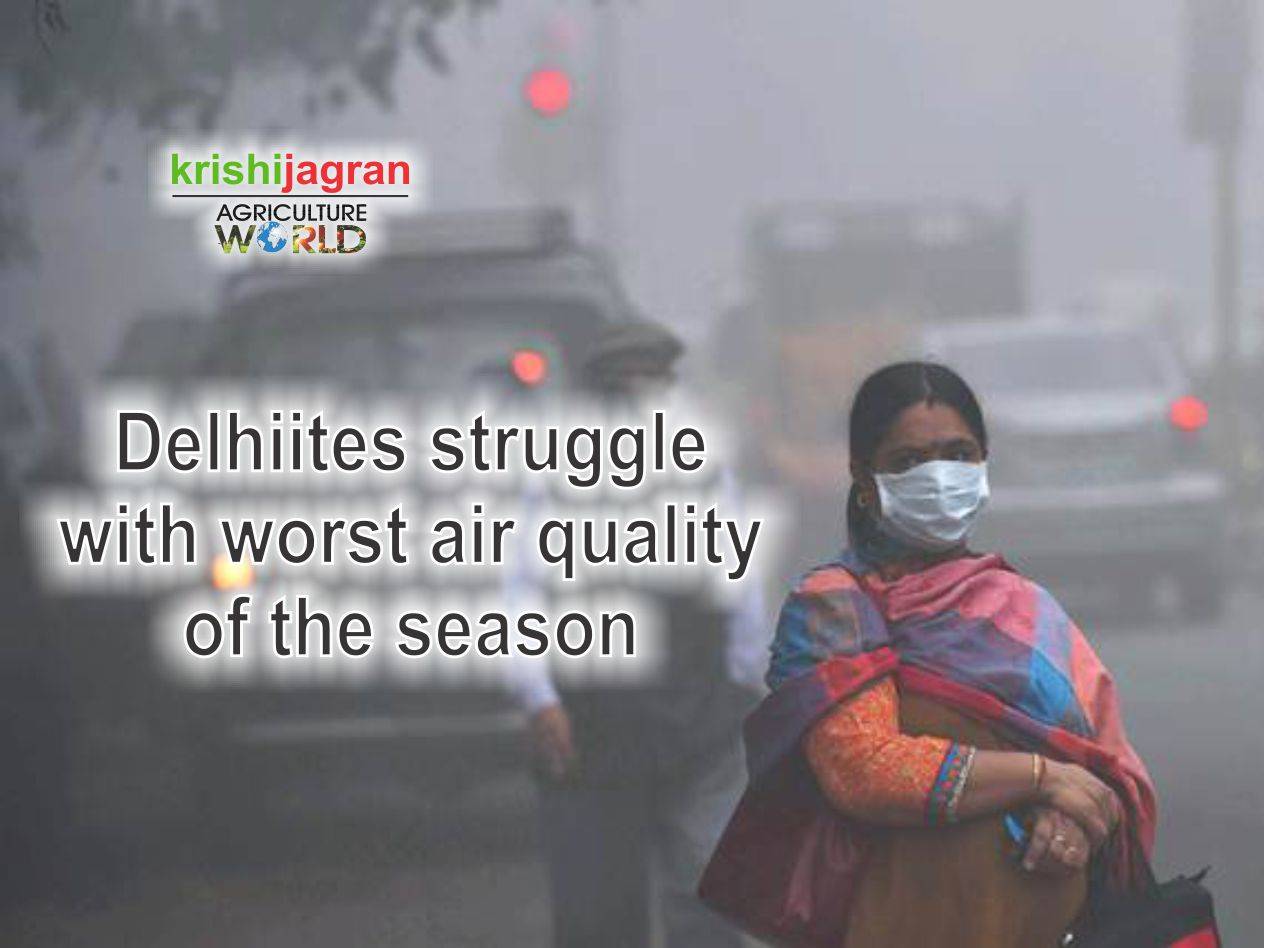
The Supreme Court-appointed body, Environment Pollution (Prevention and Control) Authority (EPCA) on 25 October warned that air pollution in Delhi is likely to peak from 1st November as poisonous fumes from the stubble-burning areas of Haryana and Punjab could surge in due to change in the wind direction.
Air in the national capital has already been ‘very poor’ on the air quality index (AQI) in the past few days and conditions are likely to worsen further, as per the predictions made by the Central Pollution Control Board’s (CPCB) forecasting system and Safar.

The city on 25 October also witnessed its coldest day of the season so far, when the minimum temperature went down to 15 degrees C, two degrees below the normal.
The EPCA conducted a meeting to assess how measures to control ‘very poor’ and ‘severe’ air pollution listed under the ‘Grap’ or Graded Response Action Plan are being implemented. It must be noted that emergency measures under ‘Grap’ were rolled out in the NCR from 15th October.
EPCA member Sunita Narain said, “We need to be more cautious from 1st November onwards because the period from 1st to 15th November would be the toughest. Crop burning will be at its peak, with Diwali celebrations as well as impending winter season.”
On 26 October, the air quality in several parts of Delhi was 10 times more than what is considered safe by WHO (World Health Organization). Now all eyes now are on Diwali when the pollution levels will increase even further. The Supreme Court has already limited the time to burn crackers to 2 hours and has allowed bursting of green crackers only.
















